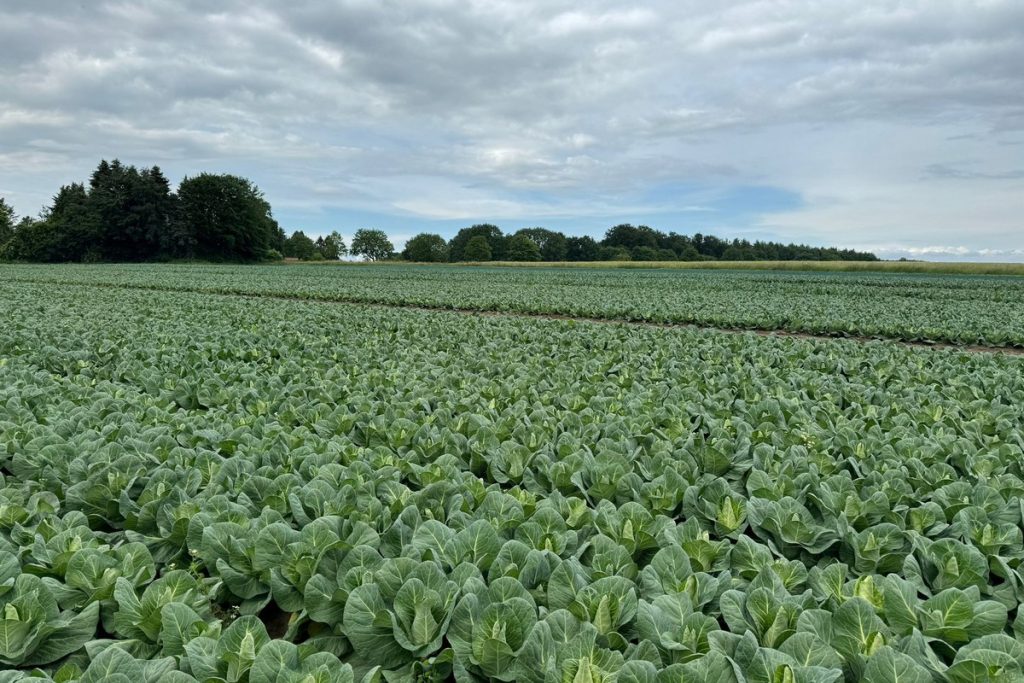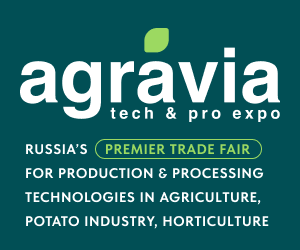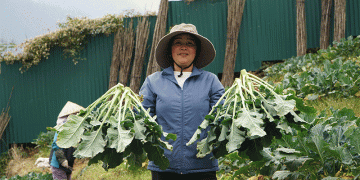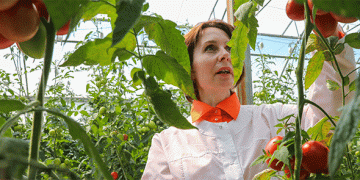Insights from Frische aus Westfalen Ltd. on Harvest and Market Trends
In the heart of Bielefeld, Germany, the fields of Frische aus Westfalen Ltd. are bustling with activity as the harvest season for open-air lettuce and cabbage is underway. According to Sebastian Dörmann, the Managing Director, the season started slowly due to excessive spring rainfall, delaying planting by up to three weeks. Despite these challenges, the initial harvest of mini romaine, iceberg lettuce, cauliflower, and broccoli has met quality expectations, albeit with slightly lower yields across the board.
“The market for field-fresh vegetables, particularly in cabbage varieties, continues to show high demand amidst supply shortages in Germany and the Netherlands,” Dörmann reports. This scarcity has led to stable but elevated price levels, reflecting the struggle to meet consumer needs. “Broccoli and cauliflower are currently in especially high demand,” he adds optimistically, expressing hope for improved supply chain stability in the coming weeks.

Reflecting on industry dynamics, Dörmann notes a shift towards more balanced production levels that closely match consumer demand. “Unlike a decade ago, we no longer see surplus quantities flooding the market. Today’s production landscape is marked by heightened cultivation risks and increased per-hectare costs, making efficient production essential,” he explains. Many farms, he observes, have recalibrated their strategies away from producing excess for speculative markets.
Frische aus Westfalen Ltd. has strategically expanded its portfolio in response to evolving market preferences, with lettuce comprising approximately 60% and cabbage 40% of their cultivation focus. “Recent years have seen us bolster cabbage production in response to rising demands for broccoli and cauliflower,” Dörmann reveals. The company’s latest additions include celery and pointed cabbage, aimed at further diversifying their offerings for German food retailers.
As Germany navigates the complexities of agricultural production amidst changing climate patterns and market demands, stakeholders across the sector—from farmers and agronomists to crop protection specialists and food industry experts—are closely watching these developments unfold.
































